ScheduleJS 1.4 release notes. A step forward towards modern Angular app building.

Angular Rome Conference: A Deep Dive into Modern Frontend Architectures
June 30th, 2025 - 5-6 minutes read
Introduction
Angular has remained one of the most influential frontend frameworks for building large-scale applications. Beyond its technical strengths, the ecosystem thrives on community gatherings where experts, practitioners, and enthusiasts share ideas, present new features, and explore best practices. As we often attend Angular conferences to stay connected with the community, this time Nicolas Delbiaggio was present at Angular Rome (NgRome) to report on the key insights. NgRome stands out as a two-day experience combining hands-on workshops with insightful talks from some of the most prominent voices in the Angular world.
Structure of the Conference
The event was divided into two complementary parts:
Day 1: Workshops
Led by Angular experts such as Manfred Steyer and Rainer Hahnekamp, the workshops were designed to provide participants with real-world challenges, theoretical solutions, and live coding demonstrations. The emphasis was on learning by doing: attendees were encouraged to ask questions, test alternative solutions, and practice exercises with direct guidance.Day 2: Conference Talks
The second day brought a mix of technical talks, sponsor pitches, and networking sessions. Keynote speakers included Minko Gechev (Angular Tech Lead at Google), Fabian Gosebrink, Fabio Biondi, and others — each offering insights into the current and future state of Angular.
The conference design ensured that participants not only learned new skills but also built meaningful professional connections.
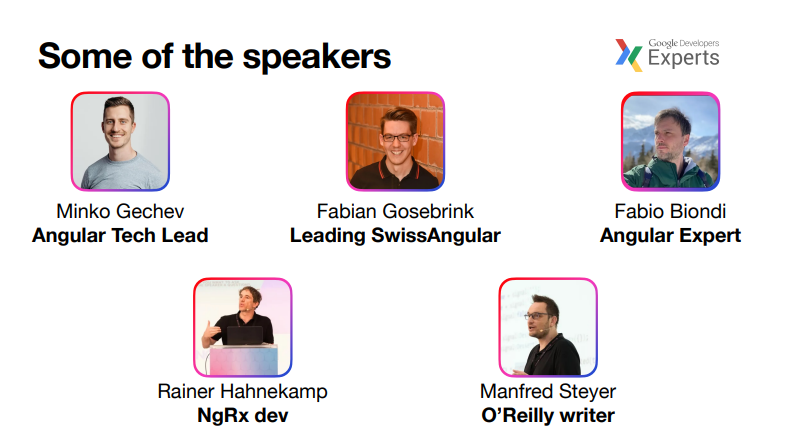
Beyond the Technical: Soft Skills and Networking
The organizers placed a strong emphasis on the human side of development. Alongside the technical sessions, participants were encouraged to:
Refine their presentation skills.
Practice the art of asking good questions.
Engage in small talk and networking during coffee breaks.
Showcase company branding and visibility through merchandising opportunities.
These aspects highlight a key point: conferences like Angular Rome are not only about coding techniques but also about community growth, professional visibility, and interpersonal skills.
Technical Highlights
Domain-Driven Design (DDD) with Angular
A recurring theme was Domain-Driven Design (DDD) and how its principles can be effectively applied to frontend architectures. By aligning UI components, domain models, and utilities within clear boundaries, Angular teams can create scalable and maintainable applications.
Resource: All about DDD for frontend architectures with Angular (Angular Architects)
Nx & Sheriff: Enforcing Module Boundaries
Tools like Nx and Sheriff were discussed as ways to ensure clear module boundaries in large Angular applications. This prevents accidental coupling and enforces consistent architecture across teams.
Signals and Resources
One of the most exciting evolutions in Angular is the introduction of signals — a reactive primitive for state management.
Resources provide a way to integrate asynchronous data with signals, enabling cleaner, more declarative code.
HttpResource was showcased through demos, illustrating how to bind remote data sources directly to signals in a structured way.
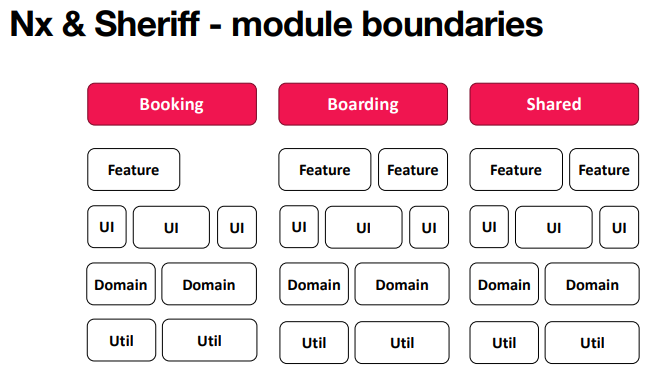
State Management: Why State Matters
The sessions stressed that state is the backbone of any application. Different layers were discussed:
Dumb component state (local, UI-driven).
Smart component state (logic-heavy).
Feature state (module-level).
Global state (application-wide).
The NgRx Signal Store was introduced as a modern approach, combining:
withStatewithComputedwithMethodswithEntities
This makes managing application state more intuitive and aligned with Angular’s new reactive model.
Micro Frontends with Module Federation
For large organizations, micro frontends are becoming a necessity. Talks illustrated how Angular supports this architecture through separate builds, deployments, and federated modules, allowing independent teams to ship features without bottlenecks.
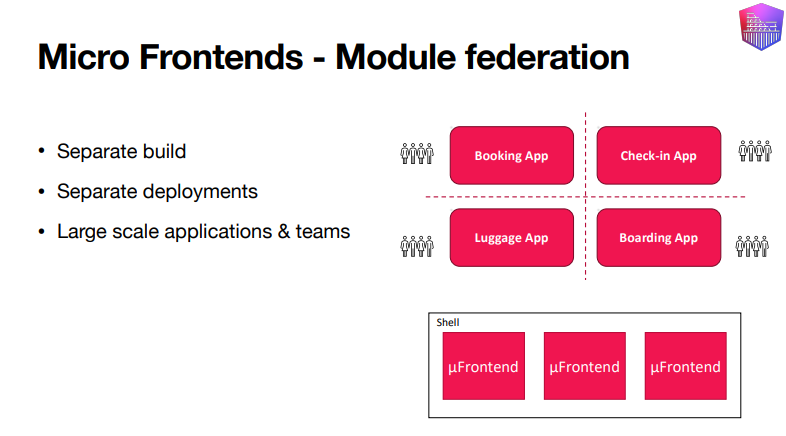
What’s Next for Angular
The roadmap for Angular includes several highly anticipated features:
Zoneless change detection for improved performance.
AI guidance to assist developers in generating code and following best practices.
Signal forms for reactive form handling.
HttpResource with mutation support.
Enhanced animations and RxJS independence.
The Role of AI in Development
The conference also touched on the impact of AI on Angular development:
Generating boilerplate code.
Creating files and guides tailored to best practices.
Using tests as a way to guide AI-generated implementations.
Testing Best Practices
Finally, the art of testing was a dedicated focus area. Sessions covered:
Unit testing for isolated logic.
Integration testing to verify interactions between modules.
End-to-end (E2E) testing for full application validation.
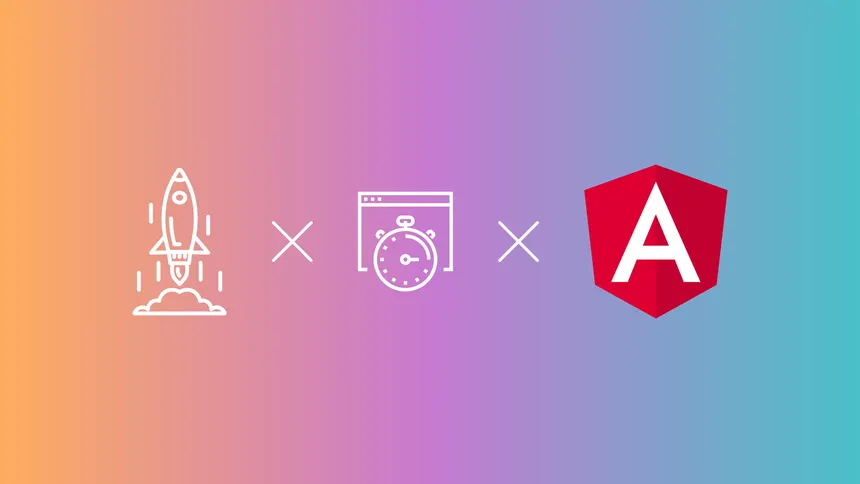
Conclusion
The Angular Rome Conference successfully blended deep technical insights with community-driven learning and networking. Attendees walked away not only with practical skills — from DDD to signal stores — but also with a clear vision of Angular’s future: faster, more reactive, and AI-assisted.
As Angular continues to evolve, conferences like this act as a compass, helping developers and organizations navigate new tools, paradigms, and practices. For anyone invested in building modern, scalable web applications, Angular Rome reaffirmed that the framework is alive, dynamic, and ready for the next generation of challenges.
More implementation-related articles
Angular 16 vs Angular 18 comparison: discover what's new in Angular, the arrival of signals, Zoneless mode, zone coalescing, and their impact on your projects.
Discover the Angular Rome Conference: workshops, domain-driven design, signals, state management, micro frontends.
Discover Angular 18: zoneless mode, zone coalescing, native await, and TypeScript 5.4 compatibility.
The TOP 3 JavaScript Gantt chart. Discover their features, advantages, and disadvantages to choose the best tool for your project.
Discover how ScheduleJS seamlessly integrated with Selligent CRM, enhancing scheduling efficiency for a leading beauty brand's consultants.
This article showcases the integration of a ScheduleJS component into an external Ag-Grid table, to demonstrate the flexibility of ScheduleJS.
How to synchronize multiple graphics? Learn how to reuse your ScheduleJS timeline in multiple graphics to keep them synchronized.
How to build an interactive context menu? A deep dive into ScheduleJS event handling and recommended practice to build your own context menu.
This article shows how to implement dynamic rendering depending on the current zoom-level of the graphics.



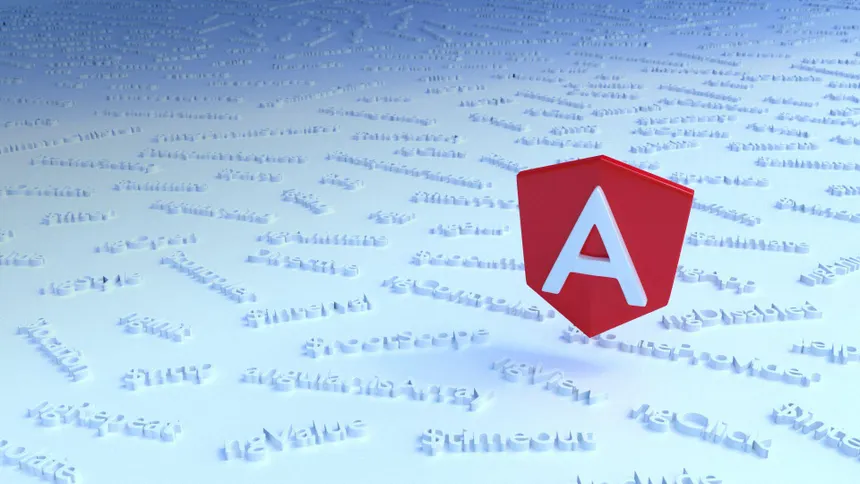
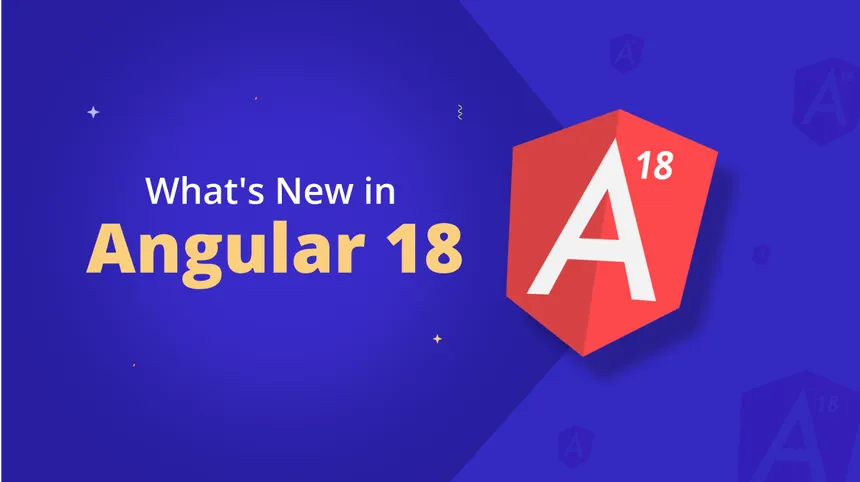
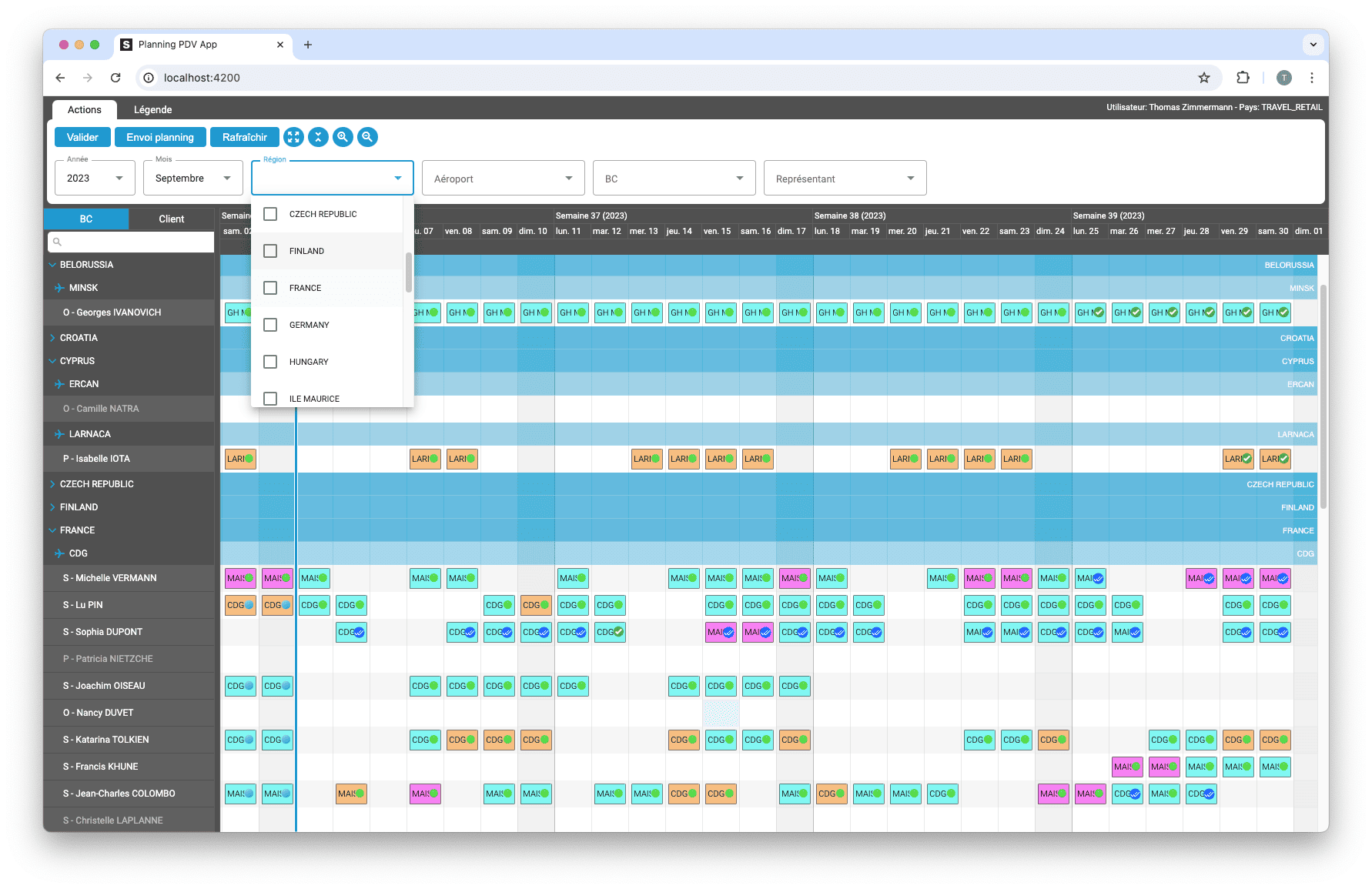
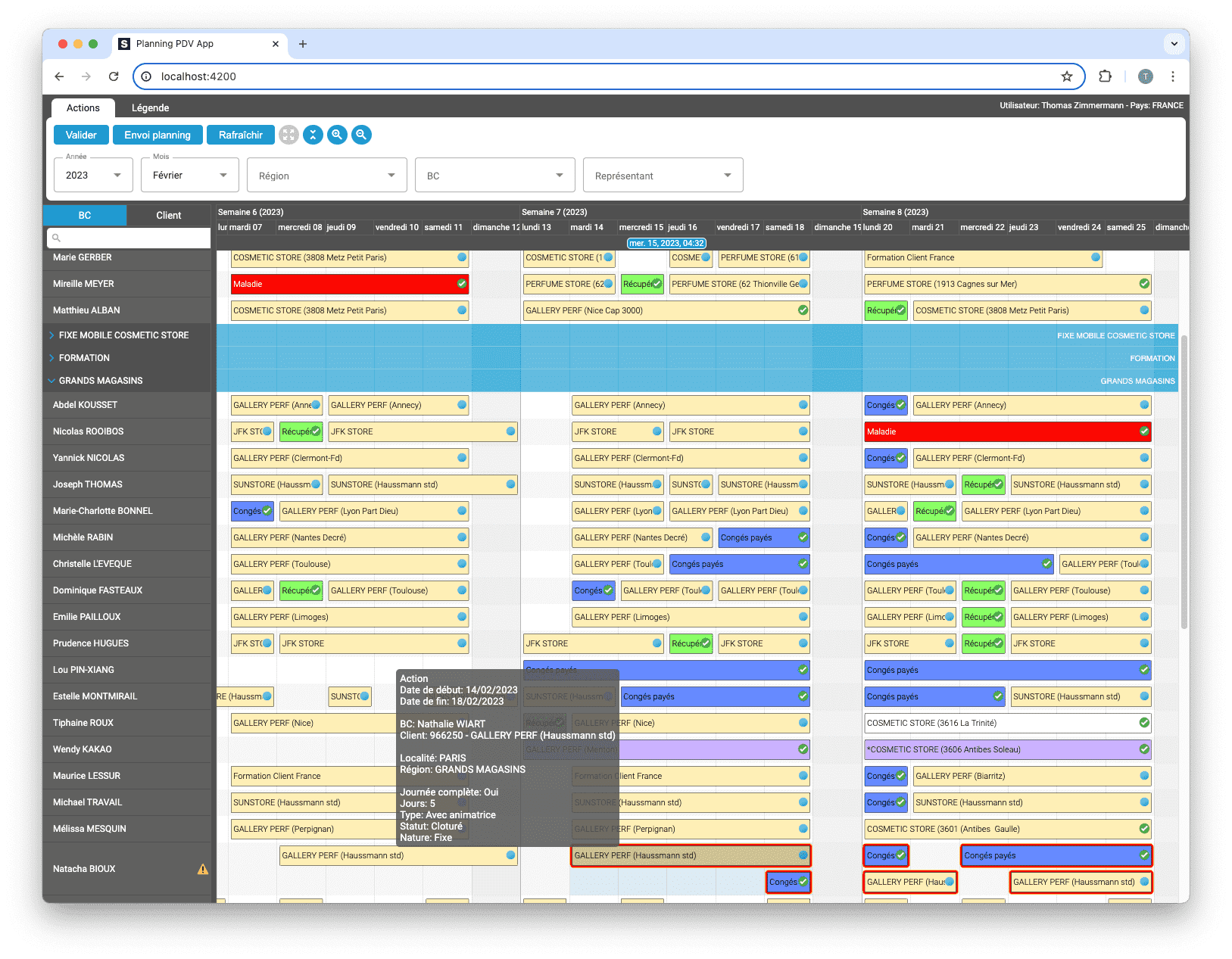





Excellent 👌